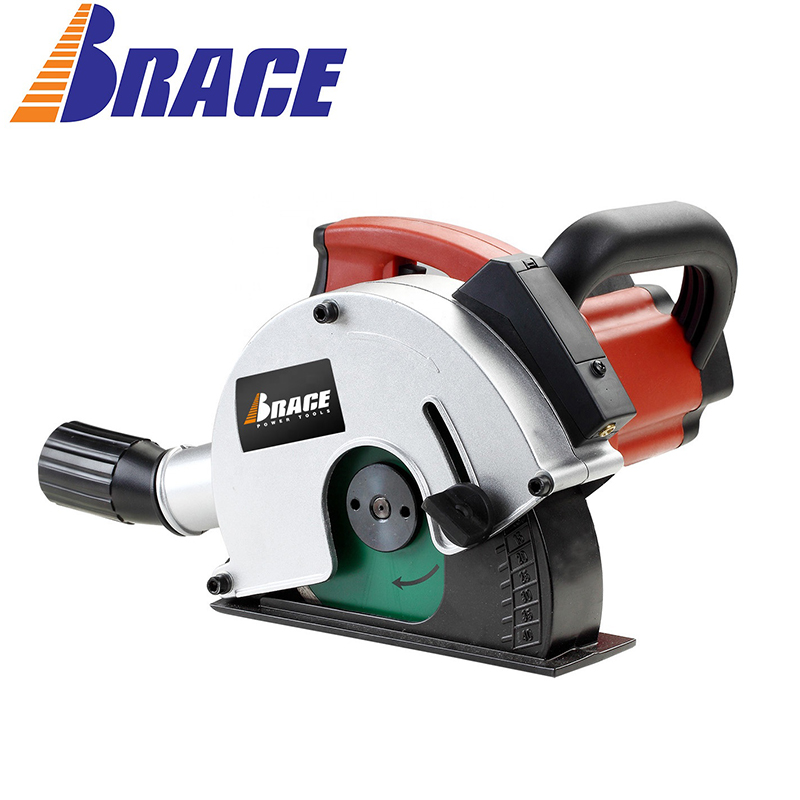How to set the pressure relief valve and emergency shut-off valve
Summary of the settings of pressure relief valve, emergency shut-off valve and emergency opening valve: These valves have been developed and widely used in recent years, especially within the construction and fire protection industries. This article shares some personal insights on their functions and importance.
Keywords: pressure relief valve, emergency shut-off valve, emergency opening valve, hydraulic control valve, fire protection
**1. Pressure Relief Valve** A pressure relief valve is typically installed on the outlet pipe of a fire pump and remains closed under normal conditions. When the pressure in the fire water supply system exceeds a pre-set value, the valve automatically opens to prevent damage caused by overpressure. Overpressure in a fire water system can occur for several reasons. One common cause is when the pump’s flow rate is selected based on the design flow, but the head curve is steep. During low-flow operations—such as during self-tests or early-stage fires—the pump may generate excessive pressure. Additionally, if the system experiences a sudden stop (like a power outage), water hammer effects can lead to dangerous overpressure situations. Proper installation of a pressure relief valve requires careful attention to its location, size selection, pressure setting, and necessary accessories. According to the revised draft of the "Design Code for Automatic Sprinkler Systems" GBH84-1985, Article 10.3.3 states that each group of pumps should be equipped with a control valve on the outlet pipe. If needed, a pressure relief valve should also be installed. The final version was modified to say, “...measures should be taken to control the outlet pressure of the water supply pump.†A pressure relief valve is one such measure. When installing the pressure relief valve on the fire pump outlet pipe, it can be placed either before or after the check valve. Installing it before the check valve helps eliminate overpressure caused by low-flow operation. Placing it after the check valve (in the direction of water flow) not only manages low-flow overpressure but also prevents overpressure from pump shutdown due to water hammer. Even without additional measures like a speed-closed check valve or buffer tank, the pressure relief valve can effectively mitigate these issues. There are two main types of pressure relief valves: those with the same diameter as the main fire water supply pipe, and those with smaller sizes like DN100 or DN150. For more information on valve configurations, visit: http://?239.html
The 1700W Wall chasers are a twin bladed power tool which used to cut groove on brick, stone or concrete walls, perfect for electricians and plumbers, to lay wires or water pipes in the wall.
The 1700W Wall Groove Cutting Machine Chaser with Cutting Depth 0-28mm, cutting Width 14/19/29mm.
The Concrete Wall Cutting Machines With Spindle lock for easy blade change.
BTW, The Groove Wall Chaser Machine with Laser Function for cutting line straight.
The Wall Chaser work efficiency is much higher than the 5 blades wall chaser, and Less Dust with dust blower.
The Wall Cutting Machine is comfortable to use, due to anti-slip handle with soft grip cover.
The 1700W Brick Wall Chaser With Guide handle for easy work with little effort.

The Wall Chaser with robust metal protective hood and Soft start function.
The Electric Power Wall Chaser With Connection of an external extraction system for dust-free work
Electronic overload protection for long service life
Starting current limitation prevents the actuation of the lock on start-up
Electronic soft start and restart protection for safe working
integrated damping system to reduce vibrations in order to protect the user's health
Electronic safety shutdown of the motor for safe working in case the disc stops unexpectedly
Wall Chaser Groove Cutting Mchine,Electric Groove Cutting Machine,Chaser Machine Wall,Wall Slotter
Ningbo Brace Power Tools Co., Ltd , https://www.cnbrace.com